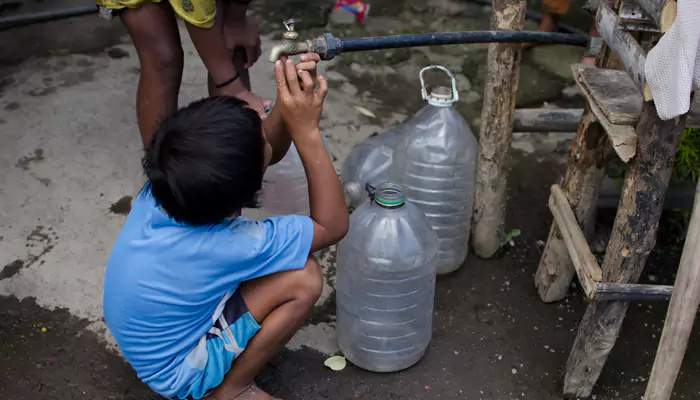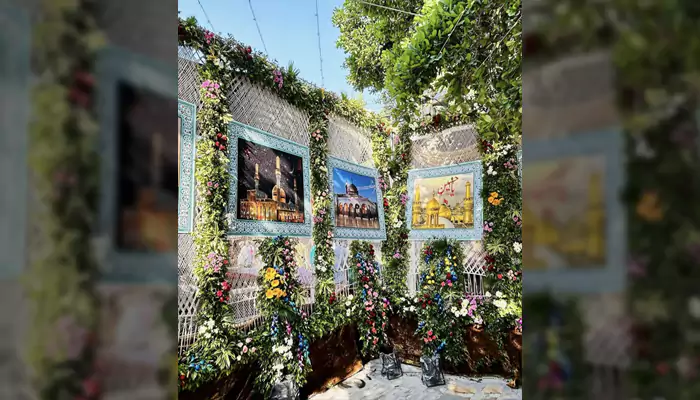World Water Day: Surviving The Dry – How Communities Navigate Extreme Water Shortages Around The World
- Admin
- 1 year ago
- 4 minutes read

As we commemorate World Water Day on March 22nd, it’s imperative to turn our attention to an issue that threatens the very fabric of societies globally – extreme water shortages.
In a world where water scarcity affects more than 2 billion people, understanding how various communities navigate these challenges is crucial. From innovative water-saving techniques to traditional water management practices, societies have developed diverse strategies to cope with water scarcity, showcasing resilience, innovation, and the urgent need for sustainable solutions.
The Ingenious Solutions of Arid Lands
In the arid landscapes of Rajasthan, India, an ancient yet ingenious method of water collection has provided a lifeline for centuries. The people of this region rely on “Johads,” small earthen check dams that capture and conserve rainwater, replenishing the groundwater and providing water for agriculture and personal use. This traditional wisdom passed down through generations, emphasizes the community’s role in water management and conservation, proving that sometimes, ancient solutions hold the key to modern problems.
Similarly, in the Namib Desert, one of the driest regions on Earth, the indigenous Himba people have adapted their lifestyle and practices to the harsh environment. Their livestock management practices are tailored to minimize water usage, demonstrating a deep understanding of living in harmony with their environment.
Rainwater Harvesting – A Global Solution
Rainwater harvesting has emerged as a vital strategy for combating water scarcity worldwide, from the urban landscapes of Brazil to the rural communities in Tanzania. In Brazil, laws encourage citizens to install rainwater harvesting systems in new buildings, a move that has significantly alleviated the strain on municipal water supplies. In Tanzania, rainwater harvesting tanks provide schools and communities with a sustainable water source, ensuring access to clean water and improving sanitation.
These initiatives underscore the scalability of rainwater harvesting, from individual households to broader community systems, highlighting its effectiveness in diverse settings. By capturing and storing rainwater, communities can create a resilient water supply that reduces dependence on unpredictable rainfall and dwindling groundwater sources.
The Revival of Ancient Wisdom
The Middle East and North Africa (MENA) region, home to some of the world’s most water-scarce countries, has seen a resurgence in traditional water management practices. In Oman, the Aflaj irrigation system, a UNESCO World Heritage site, channels water from underground sources to farms and villages through a series of canals. This system, dating back thousands of years, is a testament to the sustainable management of scarce water resources, emphasizing the value of ancient wisdom in contemporary water scarcity challenges.
In Iran, “Qanats,” underground tunnels that transport water from aquifers to the surface, have been revitalized. These traditional systems distribute water without the need for pumps, powered solely by gravity, illustrating a sustainable approach to water management that leverages natural topography.
Technological Innovations and Community Engagement
In response to extreme water shortages, some communities have turned to technology for solutions. In Kenya, sensor technology is being used to monitor water levels in tanks, ensuring efficient distribution and reducing waste. This technology enables communities to maximize their water usage, ensuring that limited resources reach as many people as possible.

In Australia, a country that has faced severe droughts, community engagement has been pivotal in water conservation efforts. Public awareness campaigns and restrictions on water use have led to significant reductions in water consumption. The government and water authorities work closely with citizens, fostering a culture of conservation that has become ingrained in the Australian way of life.
As we observe World Water Day, it’s clear that addressing global water scarcity requires a multifaceted approach, combining local knowledge with innovation and community engagement. By learning from the resilience and ingenuity of communities that have long battled water scarcity, we can forge a path toward a more water-secure future for all. This day serves as a reminder of the preciousness of water and the collective action needed to ensure its availability for generations to come.












